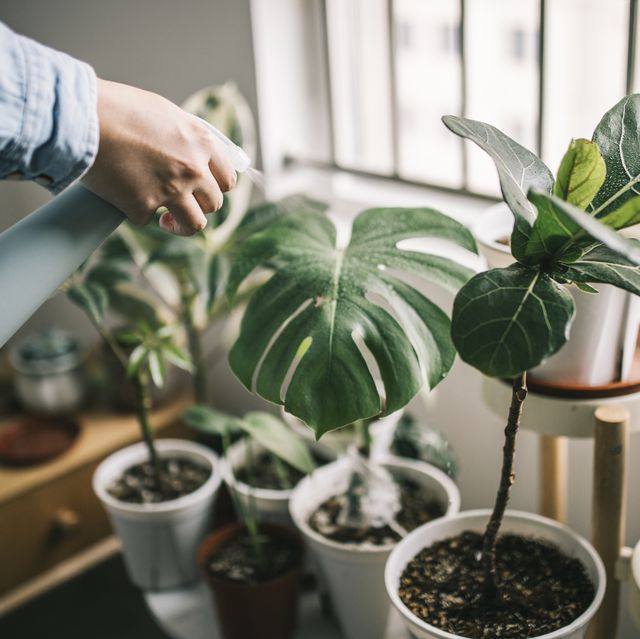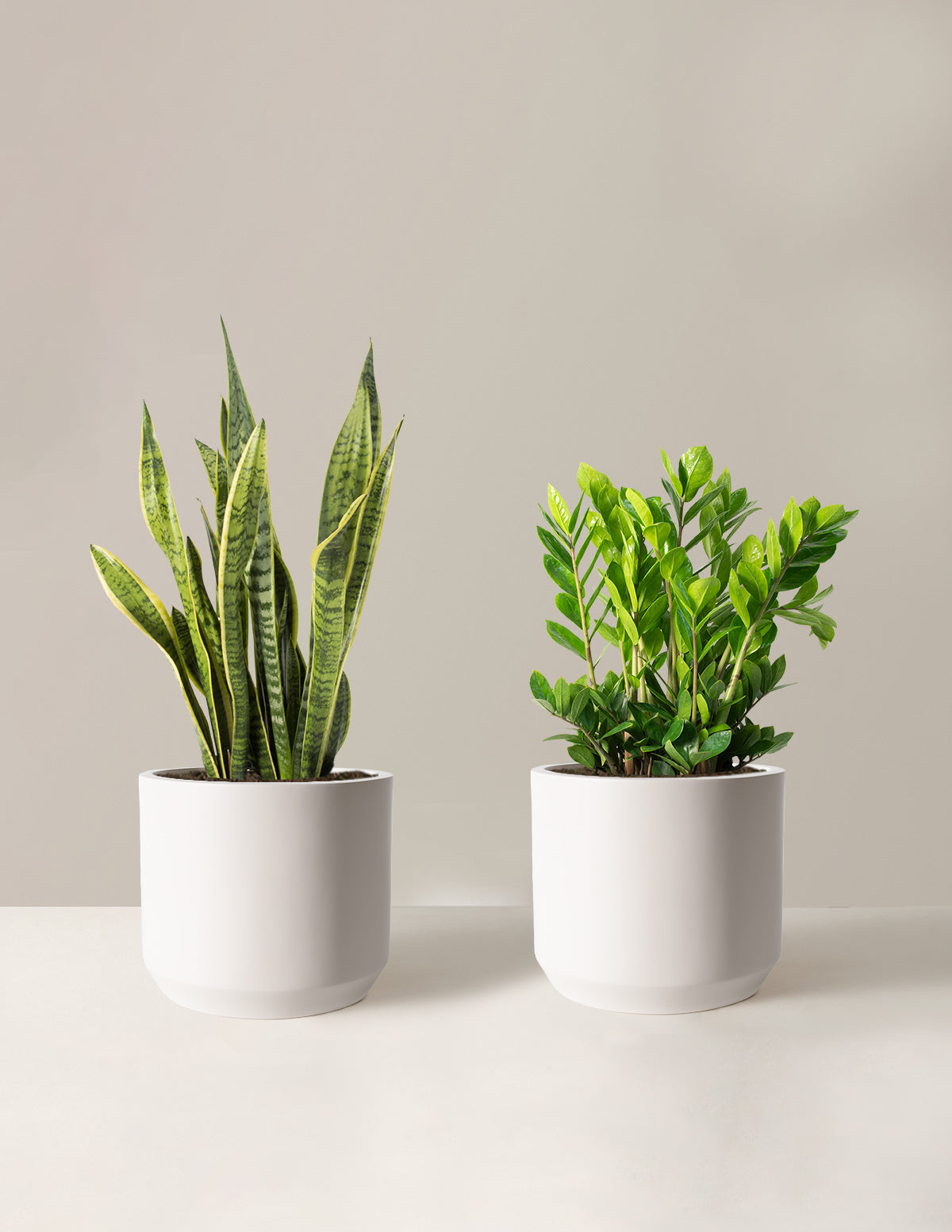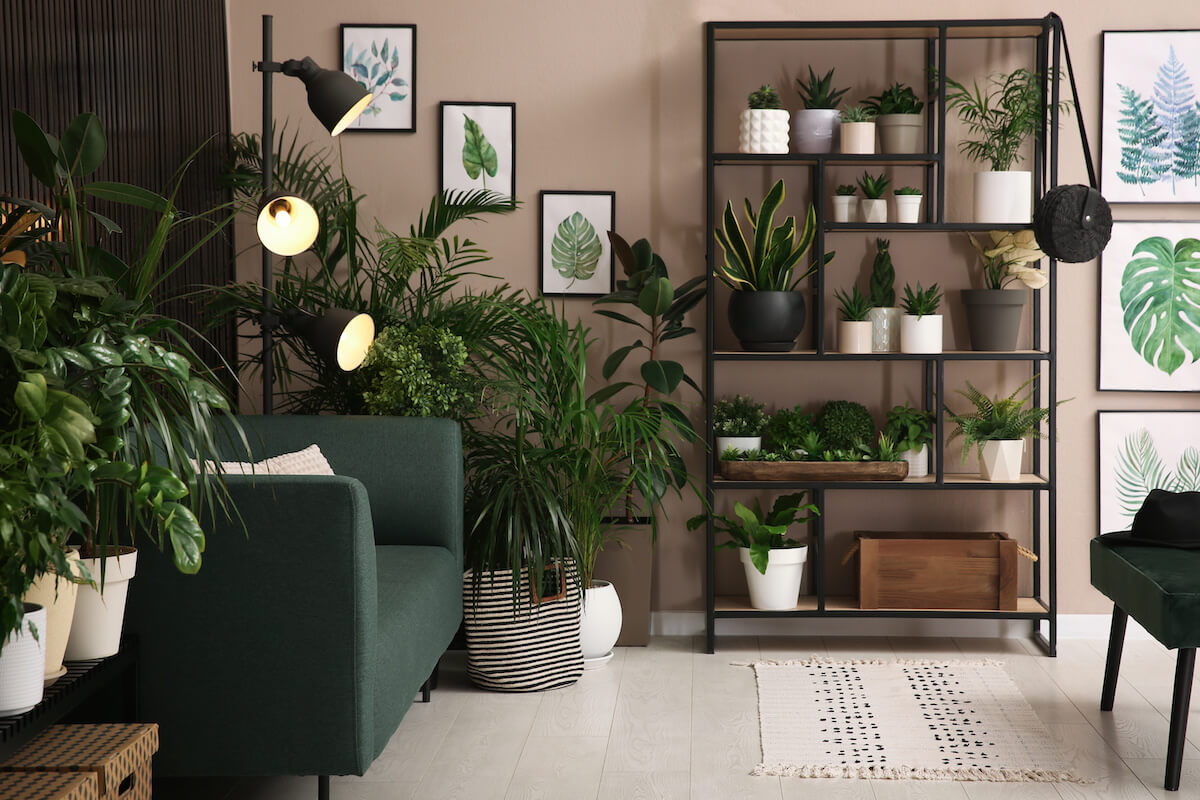Transform Your Living Space with the Best Low-Light Indoor Plants
Transform Your Living Space with the Best Low-Light Indoor Plants
Blog Article
Discover the Keys of Low-Light Indoor Plants and How They Improve Your Atmosphere
Low-light indoor plants have gathered raising focus for their unique ability to boost both aesthetic appeal and environmental quality within homes and workplaces. These resilient varieties, consisting of the Serpent Plant and Tranquility Lily, not only thrive in tough lights problems but likewise play a crucial duty in air filtration and emotional well-being. Understanding the specific benefits and treatment requirements of these plants can dramatically influence your space. As we check out the complexities of their benefits, you might find insights that might change your environments in unanticipated means.
Benefits of Low-Light Indoor Plants
Although many individuals think that indoor plants require bountiful sunlight to flourish, low-light interior plants supply a wide range of advantages that make them perfect for different atmospheres. One of the main benefits is their flexibility; they can prosper in spaces with minimal natural light, such as workplaces, cellars, or spaces with small home windows. This feature allows individuals to improve their surroundings with plant, contributing to boosted aesthetic appeals without the demand for comprehensive illumination alterations.
Additionally, low-light interior plants can considerably enhance indoor air top quality by filtering harmful contaminants and launching oxygen, making living spaces healthier. The presence of plants has actually been connected to greater feelings of serenity and focus.
Furthermore, low-light plants frequently call for less maintenance than their sun-loving counterparts, making them suitable for active individuals or those new to horticulture. Their durability allows them to love minimal intervention, hence giving a satisfying experience for plant lovers and newbies alike. In summary, low-light indoor plants serve both aesthetic and useful objectives, making them beneficial enhancements to any kind of area.
Top Low-Light Plant Selections
Low-light indoor plants been available in a selection of types, each offering special qualities and advantages fit for dim atmospheres. Among the most preferred ranges is the Snake Plant (Sansevieria), recognized for its air-purifying capabilities and building fallen leaves. This resilient plant grows on disregard and can tolerate a vast array of light conditions.
Another superb option is the ZZ Plant (Zamioculcas zamiifolia), which includes glossy, dark environment-friendly leaves and is very drought-tolerant. Its versatility makes it a favorite for workplaces and homes with limited sunshine.
The Pothos (Epipremnum aureum) is also a leading competitor, with its trailing creeping plants and heart-shaped leaves - Best low-light indoor plants. This flexible plant can be educated to climb up or waterfall, adding aesthetic passion to any room

Treatment Tips for Low-Light Plants
Caring for low-light interior plants calls for a nuanced understanding of their particular requirements to make certain optimum growth and vitality. Initially, it is important to choose the appropriate potting mix, as a well-draining dirt is crucial to avoid root rot. A mix developed for houseplants, usually consisting of peat moss and perlite, works well for the majority of low-light ranges.
Watering is an additional crucial facet of care. Low-light plants usually call for much less regular watering compared to their sun-loving equivalents. It is a good idea to examine the top inch of soil; if it really feels completely dry, it's time to water. Overwatering can cause complications such as mold and origin degeneration.
Fertilization needs to be approached with caution. Throughout the growing period, a watered down fluid plant food can be applied monthly, yet in winter months, numerous low-light plants go into inactivity and need little to no fertilization.
Lastly, it is necessary to occasionally cleanse the fallen leaves to eliminate dirt, permitting for far better light absorption. By sticking to these treatment pointers, you can cultivate a flourishing atmosphere for your low-light interior plants, boosting both their look and long life.
Enhancing Air Quality With Plants
Indoor plants play a considerable role in improving air high quality within homes and workplace areas. With the process of photosynthesis, these plants take in carbon dioxide and release oxygen, contributing to a healthier environment. In addition, particular low-light interior plants have the capability to filter harmful pollutants, such as benzene, trichloroethylene, and formaldehyde, which are commonly located in interior atmospheres.

Furthermore, the existence of indoor plants can enhance humidity levels, which helps minimize dry skin and respiratory issues, better improving total health. This capacity to improve air high quality not only promotes physical health but also sustains mental wellness.
Incorporating low-light indoor published here plants right into click resources your living and functioning areas can cause a more lively and invigorating atmosphere (Best low-light indoor plants). Investing in these natural air cleansers is a straightforward yet reliable strategy for boosting interior air quality and fostering a much healthier lifestyle
Developing a Serene Indoor Space
The combination of plants right into living spaces not only enhances air quality yet also adds to a tranquil ambience. Low-light indoor plants, such as serpent plants and pothos, are especially efficient in creating a tranquil environment, as they grow in conditions that may or else be inhospitable for various other greenery. Their lavish foliage offers a relaxing aesthetic, lowering anxiety and advertising relaxation.
Incorporating these plants into your home or workplace can evoke a feeling of peace and health. Strategically positioning them in areas where you spend significant time, such as living workspaces or spaces, enables an immersive experience with nature, which has been revealed to enhance state of mind and cognitive function.
Additionally, the gentle movement of leaves in action to airflow can create a dynamic aesthetic component that improves the total ambiance. Take into consideration utilizing a selection of plant elevations and structures to include deepness and interest to your room. With thoughtful positioning and care, low-light indoor plants can transform any type of area into a calm sanctuary, fostering not only aesthetic satisfaction however psychological and additionally emotional health.

Final Thought
Including low-light interior plants right into various settings returns significant benefits, including enhanced air quality and improved visual allure. The sites transformative power of low-light plants emphasizes their value in enhancing both domestic and job-related settings.
Although numerous people assume that indoor plants require bountiful sunshine to prosper, low-light indoor plants provide a wide range of benefits that make them ideal for various settings.In addition, low-light indoor plants can substantially enhance indoor air quality by filtering system unsafe toxins and releasing oxygen, making living spaces healthier. Furthermore, specific low-light interior plants possess the ability to filter hazardous pollutants, such as benzene, formaldehyde, and trichloroethylene, which are frequently found in interior atmospheres.
Low-light interior plants, such as snake plants and pothos, are particularly effective in developing a peaceful setting, as they flourish in problems that may or else be unwelcoming for other plant.Incorporating low-light indoor plants right into various atmospheres yields considerable advantages, including improved air top quality and improved visual appeal.
Report this page